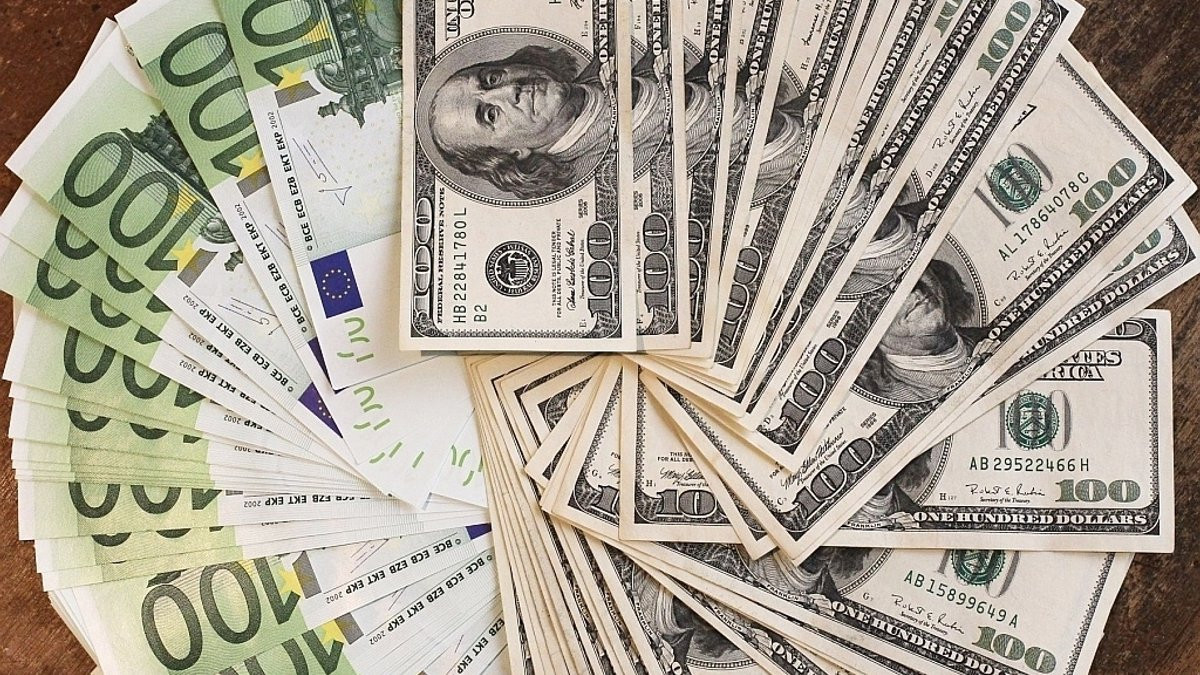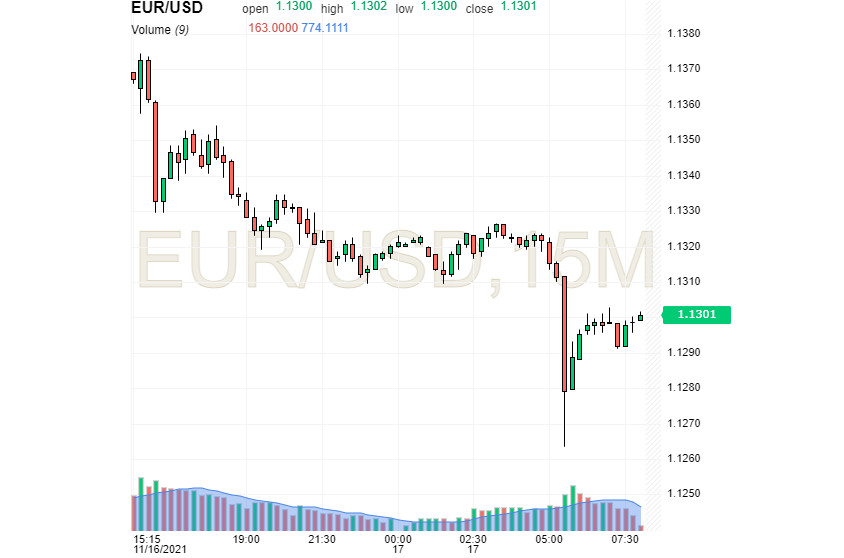
It is increasingly difficult for the Euro currency to keep its position, pretending that its decline is an annoying misunderstanding. In the EUR/USD pair, the euro has to act at the limit of its capabilities in order not to collapse.
Analysts believe that the catalyst for the euro's collapse was the "dovish" statements of ECB President Christine Lagarde. Representatives of the European regulator still consider it inappropriate to raise the rate and tighten the monetary policy. At the same time, the ECB, along with the Fed, significantly reduced the volume of the asset repurchase program. However, the similarity with the strategies of the leading central banks ended there. With regard to the rate hike, the European regulator disagrees with the Fed, the Bank of England, and the Bank of Canada. The ECB hed is confident that the tightening of the monetary policy will harm the European economy.
The response to Lagarde's stubbornness was a sharp plunge of the euro, which has lost its position, trying to consolidate at current levels. Meanwhile, the US currency continues to test the highs. According to experts, the US dollar received a new impetus after another statement by C. Lagarde regarding the "temporary" nature of inflation. The ECB believes that it will return to the target 2% in the near future.
It is possible that the European regulator repeats the mistake of the American one. Earlier, the Fed claimed that high inflation in the US is a temporary phenomenon, and now the ECB is "persuading" itself and the markets in a similar way. Experts consider this a dangerous misconception, for which they will have to pay with holes in the economy. Inflation is considered the main way to normalize the MP, and statements by central banks about its temporary nature increase price pressure.
In view of the euro's weakening, the US dollar felt a surge of strength and became the leader once again. The US currency was helped by inspiring data on US retail sales. According to reports, this indicator increased in October much faster than experts expected. In the medium term, this will force the Fed to accelerate the reduction of the asset purchase program due to persistently high inflation.
Analysts are concerned about the long-term downward trend of the EUR/USD pair, recorded since the summer of 2021. Currently, the pair has broken through the 200-week moving average and is headed lower. This is extremely negative for the European currency, which is now more vulnerable to inflation than the American one. On Wednesday morning, the EUR/USD pair was trading near the level of 1.1301, hoping to win back a series of falls, but without much success.

Experts consider geopolitics to be another reason for the weakness of the euro, in particular the problems of the UK related to Brexit and Northern Ireland. Moreover, the expectation of the final estimate of annual inflation in the eurozone also exerts additional pressure on the euro. According to preliminary forecasts, consumer price growth increased to 4.1% in October. This is the maximum price turn in the last 13 years.
Analysts believe that the euro has currently no growth impulse. If the ECB does not change the current monetary strategy, the indicated currency will remain in the outsiders and test the bottom. At the same time, inflation fears contribute to the growth of the yield of treasuries, providing significant support for the US currency. In such a situation, the euro has a very low chance of recovery. However, possible changes in the ECB's policy will give a head start to the EUR. If the regulator considers the possibility of raising rates in 2022, the situation will change in favor of the euro.





















